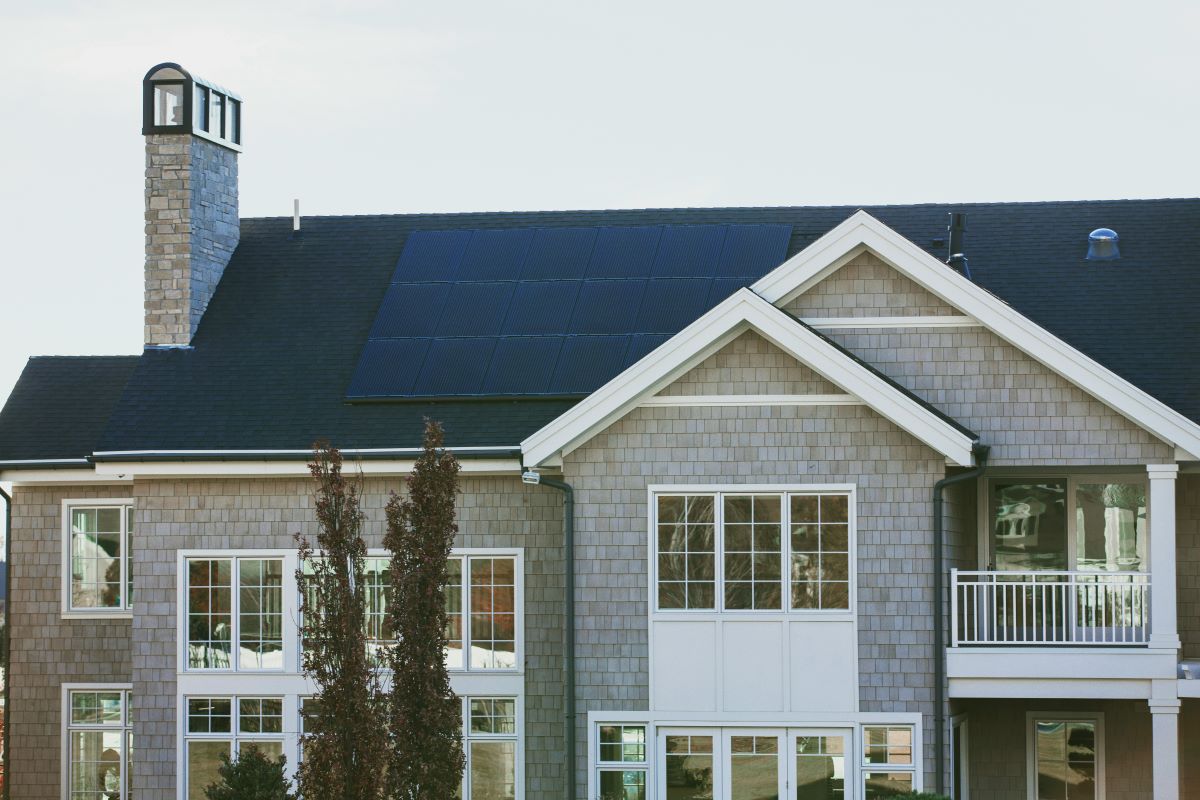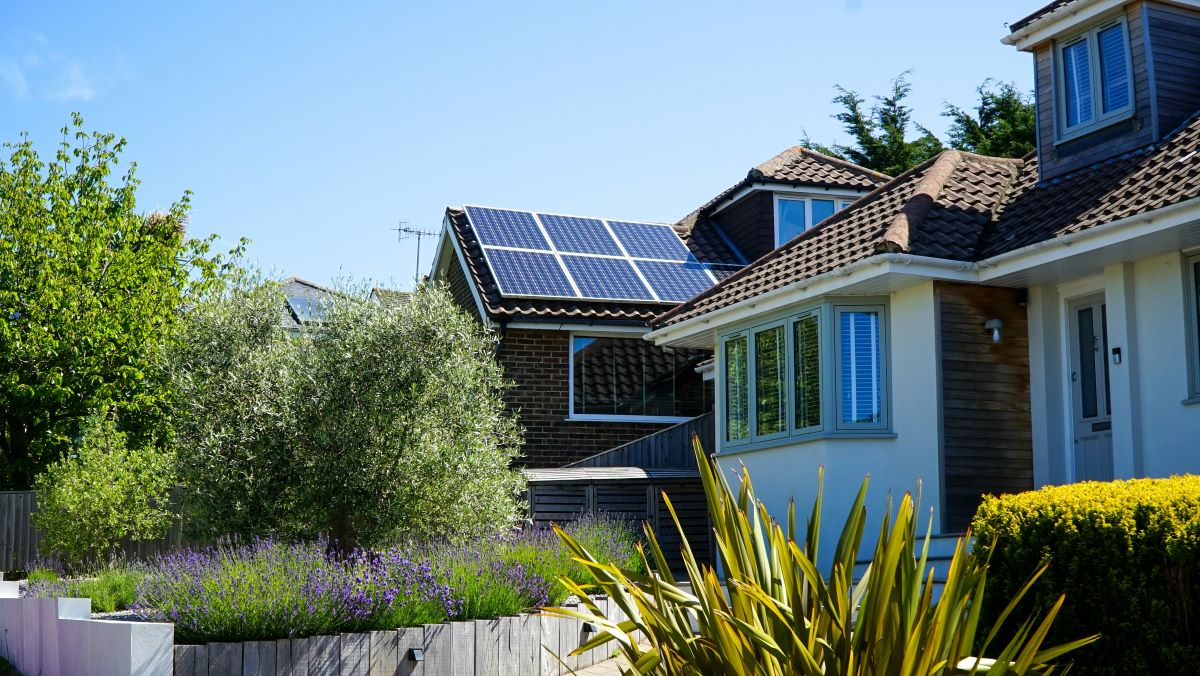How to Calculate Solar Panel Tilt Angle
When installing a solar system, determining how to harness the maximum sun's energy is crucial. Aside from the efficiency of solar systems, positioning or tilting them properly is important. Consider the location, latitude, season, and obstructions, and give it a right tilt so it captures the most sunlight throughout the year. And even a few degrees off the mark substantially reduces the output over the years. So, read this guide to find out how to calculate the solar panel tilt angle based on your site's unique conditions.
Other than that, the guide details the factors that impact the tilt of solar panels so you can calculate accordingly. Importantly, the solar panels must be reliable, efficient, and durable. Renogy is a reputed manufacturer of solar panels, mount brackets, and others, and delivers the same, which you can install to ensure maximum efficiency.
What is a solar panel tilt & azimuth angle?
Other than the solar panel type, size, and efficiency, what impacts your solar energy production is its tilt and azimuth angle. And similar to others, getting them right is important. So, let's understand these first.
Tilt angle, also known as an elevation angle, is simply the angle between the panel and the racking or roof it's attached. A panel is at its peak efficiency when the sun's rays are perpendicular to the surface. However, as the sun's angle varies throughout the year, an optimal solar panel angle will differ accordingly. For example, a steeper angle of 60° is preferred in winter, while a low tilt of 20° is ideal during summer.

The azimuth angle is the angle at which the panel faces or its horizontal orientation, measured clockwise from the north. Ideally, your solar panels should face true south instead of your compass reading, i.e., magnetic south.
How to calculate solar panel tilt angle?
Multiple methods are available to determine the optimal tilt angle of a solar panel. Here are a few common ones:
Rule of Thumb
In this method, you need to adjust the PV panel angle based on the latitude of the installation location. For example, the optimal tilt angle of a solar panel in the Northern Hemisphere is equal to the latitude plus 15° in winter and minus 15° in summer. On the other hand, in the Southern Hemisphere, the latitude is minus 15° in winter and plus 15° in summer.
The calculation goes as follows:
Let's assume you reside in the Northern Hemisphere, and the installation location has a 40° latitude. The optimal tilt during winter would be 55° (40° + 15°) in summer and 25° (40° —15°) in summer.
The above formula, however, provides a general idea, and if you want to determine the precise tilt angle of your solar panel, use the standard formula:
For summer: Tilt angle = (latitude × 0.9) – 23.5°
For winter: Tilt angle = (latitude × 0.9) + 29°
For fall and spring: Tilt angle = latitude – 2.5°
Considering the above example, the tilt angle during respective seasons are as follows:
For summer: Tilt angle = (40 × 0.9) – 23.5° = 12.5°
For winter: Tilt angle = (40 × 0.9) + 29 = 65°
In winter, the midday sun is the warmest, and a 10° steeper angle obtained with the standard method is ideal for taking advantage of it.
Solar Chart Method
A solar chart is a year-long graphical depiction of the sun's path across the sky. With this chart, you can calculate the optimal tilt angle of your solar panel for a specific location and season. To determine the tilt angle using this method, you need to comprehend the installation location's altitude and efficiency of the solar panels.
Solar Angle Calculator Method
Many solar angle calculators are available online that help you calculate the optimal tilt angle. Their calculation considers your location, date, and time to determine the position of the sun in the sky and the optimal tilt angle of solar panels. Besides, in many of these calculators, you can get a customized result by putting in your specific location, size, number of panels, desired energy output, and others.
Please note that these methods and calculators provide a rough idea of the tilt angle. Still, the actual value depends on multiple installation conditions, such as the type of roof, shading from nearby buildings/trees, etc. So, it's always a good idea to consult a professional installer to install the panels at the optimal angle for your specific situation.
Also, as it's crucial to change the tilt of solar panels over the year, it's recommended you consider getting a Renogy Corner Bracket Mount. It's an excellent drill-free alternative to your solar system and offers secure mounting on flat surfaces. It can also be used with virtually any aluminum-framed solar panel.
Factors affecting the optimum solar panel angle
Understandably, the tilt of solar panels majorly impacts the amount of energy they produce. Several factors determine the ideal tilt angle, which you must consider during the design and optimization phases of the solar system:
Location
Your geographical location is crucial in influencing the optimal tilt angle of your solar panels. The angle of the sun's rays varies from one location to another due to the Earth's curvature. For example, the areas in the Equator receive perpendicular sunlight year-round, while in the Northern Hemisphere, it varies throughout the year due to the Earth's 23.5° axial tilt.

To ensure optimal performance, panels must be perpendicular to the sun's rays. So, in the Equator, the panels must have flatter tilts, whereas, in higher latitudes, they typically have steeper tilts for efficient energy capture.
Time of Year/Season
Seasonal changes also vary the sun's path across the sky, necessitating the solar panel's tilt angle to ensure optimal solar energy production throughout the year. For instance, sun angles are typically lower in winter, requiring a steeper tilt, while a shallower tilt is recommended during summer to accommodate higher sun trajectories.
Roof Pitch and Orientation
Everyone's roof is designed differently, so it's crucial to determine your roof's tilt before installing the solar panels. For instance, a traditional racking system might not let you achieve an optimal tilt. And in such a setup, the best you can do is lay the panels flat against the roof. On the other hand, in low-angle roofs, you might need a specialized racking system to tilt them at an optimal angle.
Use Renogy's adjustable solar panel tilt mount brackets to properly orient the panels at the perfect pitch for your site's solar access and roof and ensure maximum energy production.
Conclusion
Determining how to calculate solar panel tilt angle is crucial to maximizing efficiency and solar energy production. Factors like geographical location, the seasons, and your roof's tilt determine the tilt angle. Understanding these factors and adjusting panels accordingly ensures you can harness enough sunlight for daily use. However, opting for professional help and investing in industry-grade equipment is also crucial. You can invest in reliable, efficient, and industry-grade Renogy solar panels and mount brackets, so adjusting the tilt won't be difficult.
FAQs about solar panel tilt angle
What angle should a solar panel be at?
The ideal angle of a solar panel depends on your location and the season. For example, in the summers, the sun is at the peak, so a shallower tilt is viable, while you need a steeper tilt in the winters. At the same time, tilt should be shallower for people living in areas near the Equator as the sun's rays are incident perpendicularly.
Why does the angle of a solar panel matter?
The solar panel angle is crucial as it determines the amount of sunlight it can capture, which in turn impacts its overall energy production. To ensure maximum performance, a solar panel must be tilted so that sunlight falls perpendicularly on it.
How much does angle affect solar panels?
Angle primarily determines the production efficiency of solar panels, and a deviation of a few degrees from the optimal position can be detrimental to their performance. Therefore, it's recommended that you consult a professional to avoid any potential calculation and installation errors.











